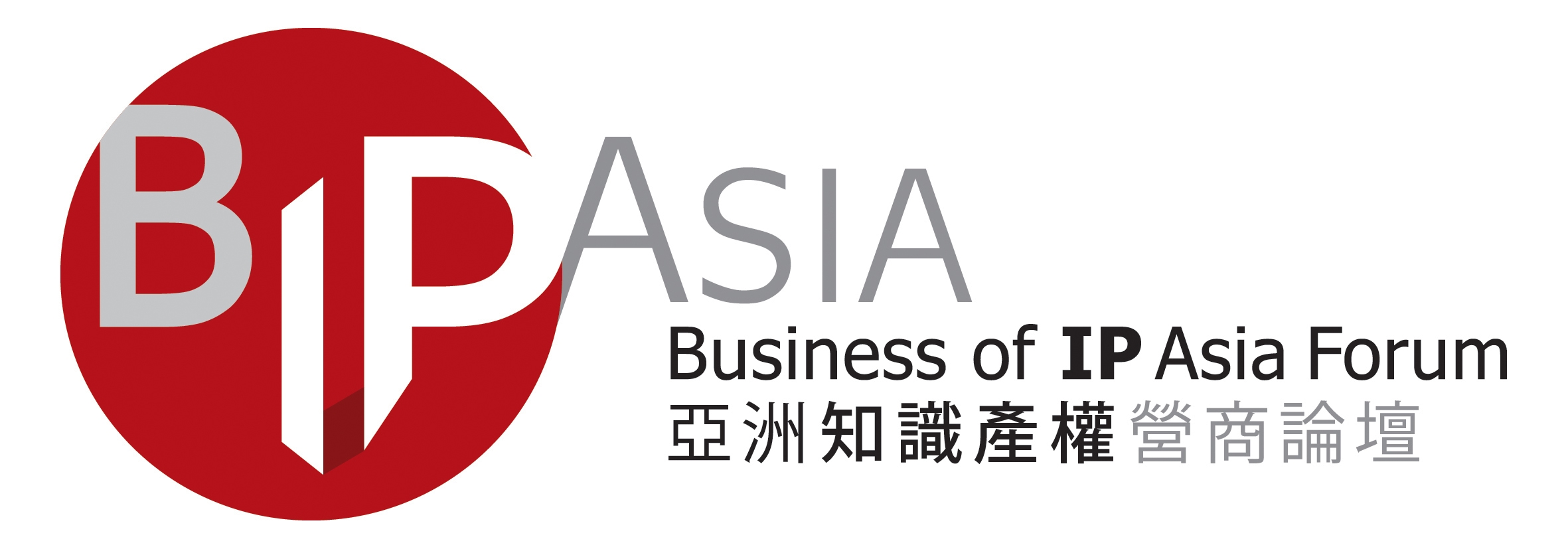Preparation and Activity of Novel Photosensitizer Acting as a Broad Spectrum Antiviral Agent Against Enveloped Viruses
These antiviral compounds have demonstrated broad spectrum activity toward a variety of unrelated enveloped viruses. These compounds are potentially immune to viral resistance given the mechanism of action against the viral membrane and not specific proteins. These compounds are photosensitive to visible light, allowing for non-cytotoxic concentrations to be used while avoiding the hazards of UV exposure. These compounds are readily synthesized from available commercial reagents.
These compounds can be developed into oral or topical antiviral therapeutics against enveloped viral infections such as HIV or herpes. These compounds can be used as a differential diagnostic to determine virus type to guide treatment. These compounds can be used as sterilizing agents or decontaminants for blood or cleaning products.
The Jung group has identified a novel class of compounds known as a oxazolidine-2,4-dithiones with broad spectrum antiviral properties. These compounds can be readily synthesized from commercially available precursors and reagents, and have demonstrated strong antiviral activity at low nanomolar concentrations without host cytotoxicity. Unlike virus specific treatments, these novel antiviral compounds target the lipid membrane of enveloped viruses (e.g. herpes, influenza, HIV, etc.). Once localized to the lipid membrane, these compounds can be photochemically activated to disrupt the viral envelope to render the virus non-infectious. Strong antiviral activity has been demonstrated in vitro in cells infected with HIV and Newcastle disease, and in vivo in mice infected with Rift Valley Virus, highlighting the broad spectrum effect toward multiple enveloped viruses.
9139575
State Of Development Background Related Materials Additional Technologies by these Inventors Tech ID/UC Case 24892/2010-653-0 Related Cases 2010-653-0
USA


